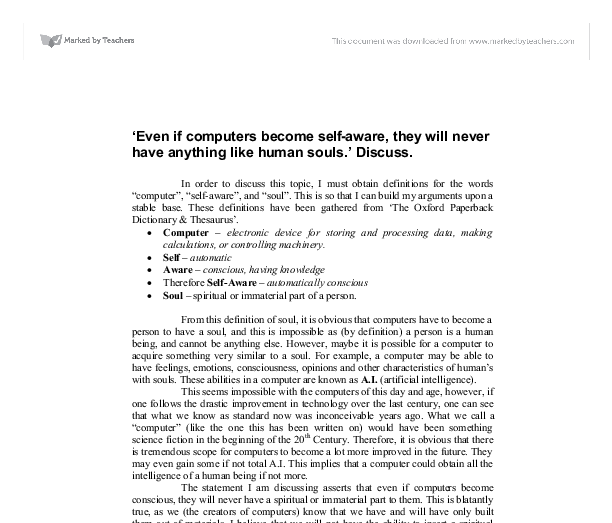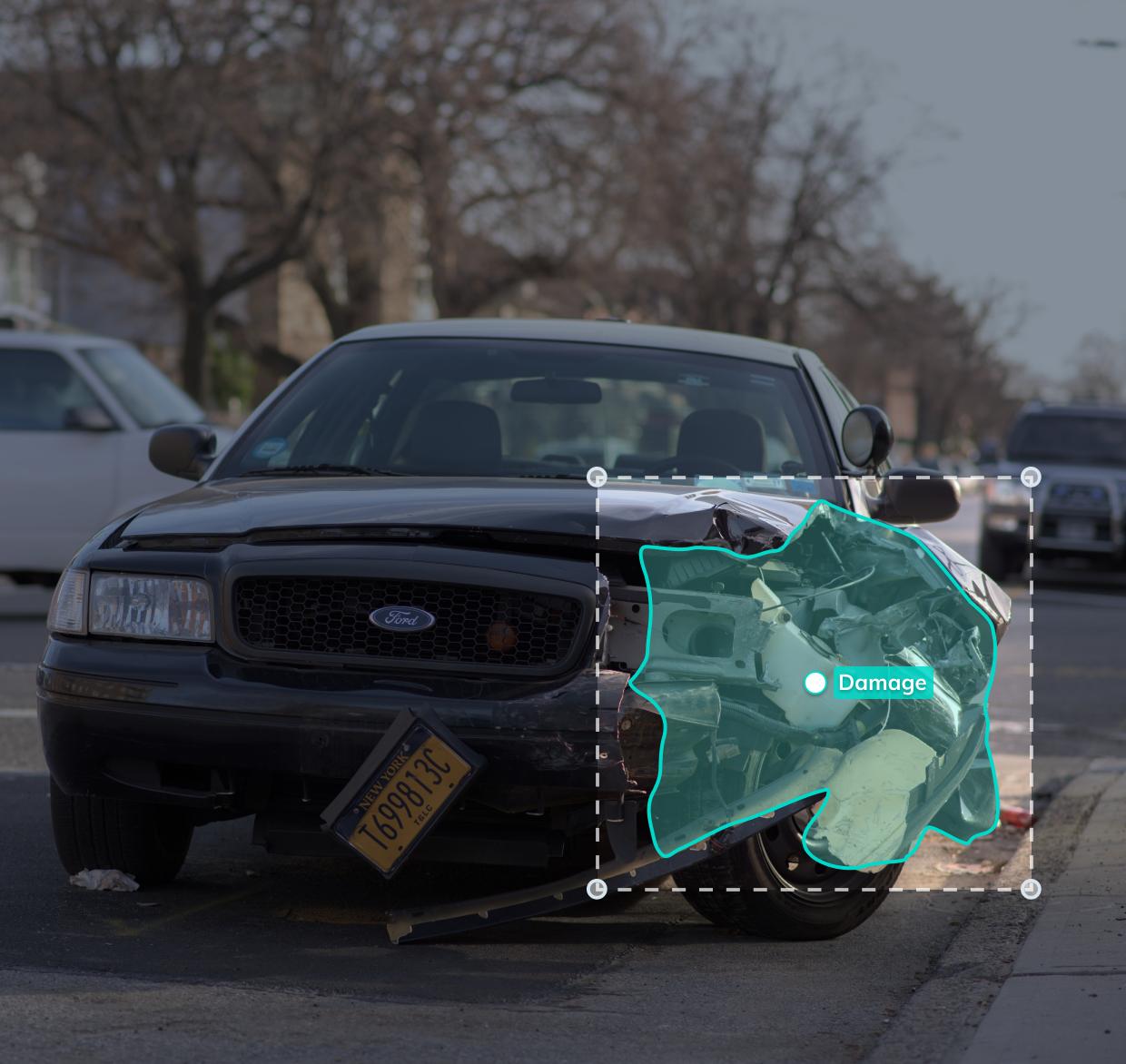
There are a variety of Azure machine learning (ML) use cases. Some of these use cases are real-time forecasting and real-time predictions. Some are more specific and do not require any specialized algorithms. You can import training data even if you don't have any data science knowledge. Azure ML allows you to refine data and generate revenue, regardless of your specific use case.
TensorFlow
TensorFlow can be used by Amazon and Facebook as well as Google. Amazon uses the software to analyze shopping habits of customers and compare it to the patterns of millions of users. Netflix uses this software to suggest TV shows and merchandise for family and friends. The algorithms used to improve the way these services work are also used in finance and government to improve risk detection and predictive analysis. Your machine learning system can be trained to recognize unknown objects in photos.

Curata
Curata is an AI enabled content marketing platform that allows marketers to scale their content marketing projects. Users can search for relevant content and organize it. Users can then share the content on multiple channels and promote it. Curata integrates well with email marketing, CMS systems, and marketing automation. This saves time and money. It is a flexible and cost-effective solution for many marketing departments.
Vestorly
Vestorly is the first AI-driven content curation business to have a fully functional website. It has also demonstrated how the cloud platform can improve businesses' ability to deliver marketing messages. Vestorly's AI-driven content management engine uses machine intelligence to understand the preferences of different segments and determine which content is most likely to appeal to them. In addition, Vestorly can perform experimentation to learn which content pieces are most engaging to different types of users. This feedback helps Vestorly make its content recommendations more effective.
Neal Analytics
Neal Analytics has been designated a Microsoft Gold Consulting Partner. It specializes in artificial Intelligence. The company uses Azure AI/ML technologies for custom algorithms and models to meet our customers' needs. Neal uses Azure Machine Learning to assist its customers in developing and implementing their business analytics solutions. Neal uses Azure to solve real-world problems, such as improving supply chain efficiency and automating inefficient operations.
Amazon SageMaker
Amazon SageMaker is a great tool for any machine learning project. Its easy-to-use interface allows you to deploy and evaluate trained models offline or online. You can also set a threshold for the amount of traffic to be processed before your model is deployed. You can use SageMaker to train models using popular machine learning algorithms, such as neural networks.

Google AI Platform
There are two main ways to use AI in enterprises today: an integrated cloud platform or a best of breed strategy. The all-in one platform approach allows for the use of a single AI platform to manage every phase of an AI project. This includes raw data preparation, ETL, building models and monitoring. You can choose from either custom or preferred tools depending on which phase you are working in.
FAQ
What does AI look like today?
Artificial intelligence (AI), which is also known as natural language processing, artificial agents, neural networks, expert system, etc., is an umbrella term. It's also known by the term smart machines.
The first computer programs were written by Alan Turing in 1950. He was curious about whether computers could think. He presented a test of artificial intelligence in his paper "Computing Machinery and Intelligence." The test tests whether a computer program can have a conversation with an actual human.
John McCarthy, who introduced artificial intelligence in 1956, coined the term "artificial Intelligence" in his article "Artificial Intelligence".
We have many AI-based technology options today. Some are simple and straightforward, while others require more effort. They can be voice recognition software or self-driving car.
There are two types of AI, rule-based or statistical. Rule-based relies on logic to make decision. A bank account balance could be calculated by rules such as: If the amount is $10 or greater, withdraw $5 and if it is less, deposit $1. Statistics are used for making decisions. For instance, a weather forecast might look at historical data to predict what will happen next.
Why is AI important
According to estimates, the number of connected devices will reach trillions within 30 years. These devices will include everything from fridges and cars. The Internet of Things is made up of billions of connected devices and the internet. IoT devices can communicate with one another and share information. They will be able make their own decisions. For example, a fridge might decide whether to order more milk based on past consumption patterns.
It is predicted that by 2025 there will be 50 billion IoT devices. This is an enormous opportunity for businesses. But it raises many questions about privacy and security.
What are the benefits from AI?
Artificial Intelligence is an emerging technology that could change how we live our lives forever. It's already revolutionizing industries from finance to healthcare. It is expected to have profound consequences on every aspect of government services and education by 2025.
AI is already being used for solving problems in healthcare, transport, energy and security. The possibilities for AI applications will only increase as there are more of them.
So what exactly makes it so special? Well, for starters, it learns. Unlike humans, computers learn without needing any training. Instead of learning, computers simply look at the world and then use those skills to solve problems.
AI's ability to learn quickly sets it apart from traditional software. Computers can scan millions of pages per second. They can translate languages instantly and recognize faces.
It doesn't even require humans to complete tasks, which makes AI much more efficient than humans. It may even be better than us in certain situations.
In 2017, researchers created a chatbot called Eugene Goostman. Numerous people were fooled by the bot into believing that it was Vladimir Putin.
This shows that AI can be extremely convincing. AI's ability to adapt is another benefit. It can be taught to perform new tasks quickly and efficiently.
This means businesses don't need large investments in expensive IT infrastructures or to hire large numbers.
AI is useful for what?
Artificial intelligence (computer science) is the study of artificial behavior. It can be used in practical applications such a robotics, natural languages processing, game-playing, and other areas of computer science.
AI is also called machine learning. Machine learning is the study on how machines learn from their environment without any explicitly programmed rules.
AI is being used for two main reasons:
-
To make life easier.
-
To be able to do things better than ourselves.
Self-driving car is an example of this. AI can replace the need for a driver.
Where did AI come?
Artificial intelligence was created in 1950 by Alan Turing, who suggested a test for intelligent machines. He believed that a machine would be intelligent if it could fool someone into believing they were communicating with another human.
John McCarthy wrote an essay called "Can Machines Thinking?". He later took up this idea. John McCarthy published an essay entitled "Can Machines Think?" in 1956. In it, he described the problems faced by AI researchers and outlined some possible solutions.
Which industries use AI the most?
The automotive industry is among the first adopters of AI. BMW AG employs AI to diagnose problems with cars, Ford Motor Company uses AI develop self-driving automobiles, and General Motors utilizes AI to power autonomous vehicles.
Other AI industries include banking and insurance, healthcare, retail, telecommunications and transportation, as well as utilities.
Statistics
- By using BrainBox AI, commercial buildings can reduce total energy costs by 25% and improves occupant comfort by 60%. (analyticsinsight.net)
- More than 70 percent of users claim they book trips on their phones, review travel tips, and research local landmarks and restaurants. (builtin.com)
- While all of it is still what seems like a far way off, the future of this technology presents a Catch-22, able to solve the world's problems and likely to power all the A.I. systems on earth, but also incredibly dangerous in the wrong hands. (forbes.com)
- That's as many of us that have been in that AI space would say, it's about 70 or 80 percent of the work. (finra.org)
- In 2019, AI adoption among large companies increased by 47% compared to 2018, according to the latest Artificial IntelligenceIndex report. (marsner.com)
External Links
How To
How to set Cortana's daily briefing up
Cortana in Windows 10 is a digital assistant. It is designed to help users find answers quickly, keep them informed, and get things done across their devices.
To make your daily life easier, you can set up a daily summary to provide you with relevant information at any moment. The information should include news, weather forecasts, sports scores, stock prices, traffic reports, reminders, etc. You can choose the information you wish and how often.
Win + I, then select Cortana to access Cortana. Select "Daily briefings" under "Settings," then scroll down until you see the option to enable or disable the daily briefing feature.
If you have already enabled the daily briefing feature, here's how to customize it:
1. Open Cortana.
2. Scroll down to "My Day" section.
3. Click the arrow near "Customize My Day."
4. Choose the type of information you would like to receive each day.
5. You can adjust the frequency of the updates.
6. Add or remove items to your list.
7. You can save the changes.
8. Close the app